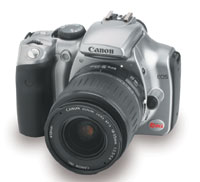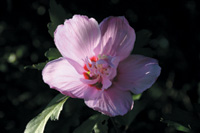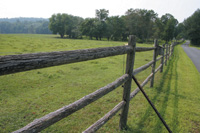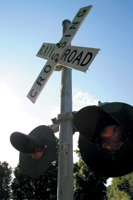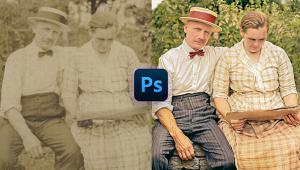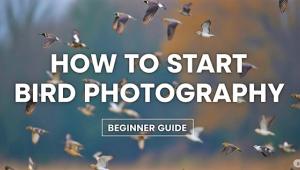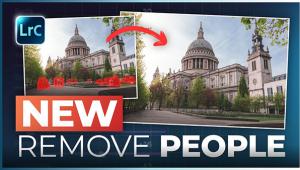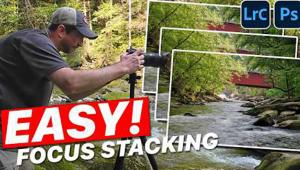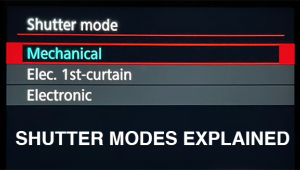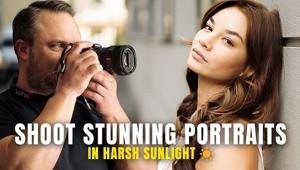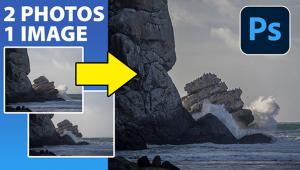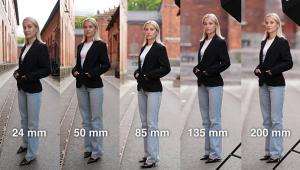Canons 6.3 Megapixel Digital Rebel
Did you feel it? Late in
the summer of 2003 the ground shook, the earth trembled, the clouds
parted, and a new vision was revealed. Well, maybe that's a bit
dramatic. What did happen is another new digital camera was introduced.
Big deal right? Huge deal, as it turns out. |
|||
Déjà
Vu All Over Again Two Worlds Now One |
|||
The Rebel Specs |
|||
In The Box New EF-S Lens |
|||
Light & Compact Shooting Flexibility Control Changes AF Performance Exposure Lock New AF Wrinkle In The Field Image Quality In Conclusion |
